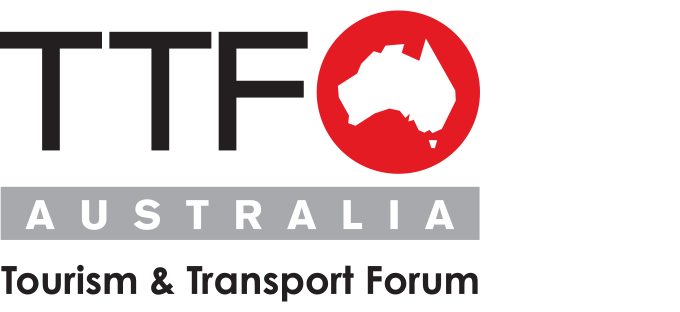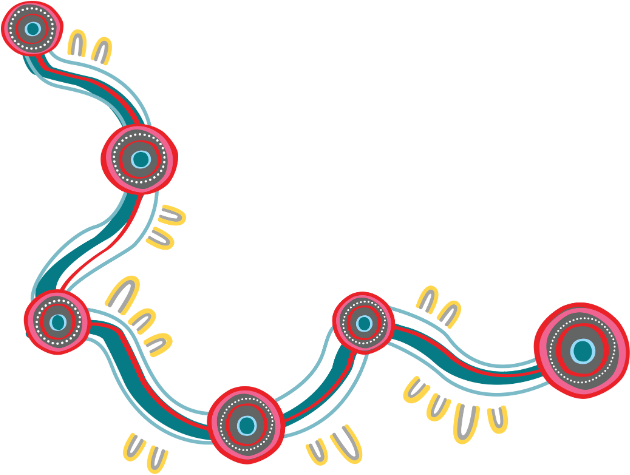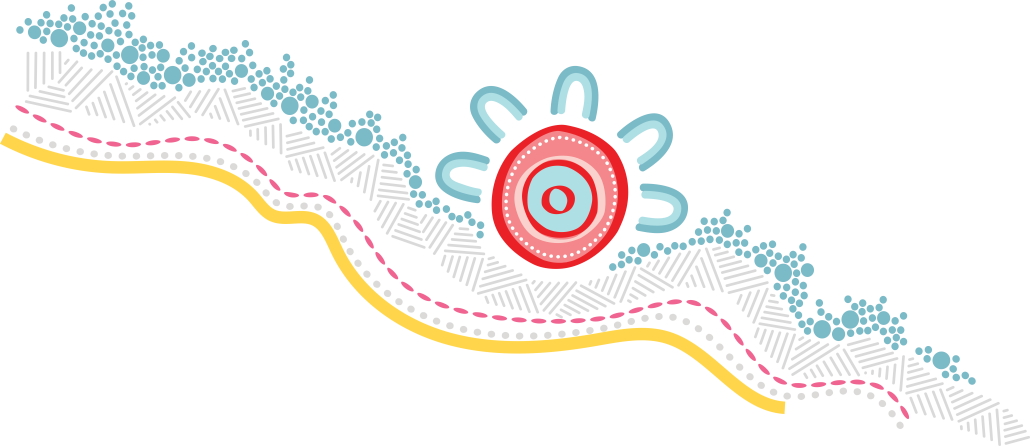How does an organisation prepare itself?
To adequately prepare for a partnership, tourism operators can undertake education and training in cultural competencies. If this expertise is not available internally, this can be done through an Indigenous-led consultancy or education service. While a consultancy may not represent all First Nations people’s connection to Country or Traditional Knowledge, they should have the ability to bridge the gap between an organisation’s work and initiatives and desired outcomes for First Nations communities, which serve as an important foundation for a partnership.
Cultural training, while critical, is only one component. Eventually, policies and practices around Indigenous engagement should be established as part of the organisational fabric.
What does respectful engagement look like?
Permissions should be sought and obtained in a respectful way from the relevant Custodians when dealing with Traditional Knowledge and stories from First Nations people, honouring the connection to Country and authority that First Nations people hold. This is particularly pertinent, when recording interactions, cultural practices, or forms of artistic expression. If permission is obtained, there should also be fair compensation for their use in commercial settings. The Arts Law Centre of Australia advises on adequate licensing for stories and art.
When engaging with First Nations people as a tourism operator, taking care and having patience in interactions will be critical. Historically, relations between a First Nations community and non-Indigenous groups may not have been positive so trust must first be established over a period of time. The community may also lack the capacity to engage fully with tourism business opportunities, and you cannot assume that one person speaks for all. However, if and when a community is ready and receptive to a partnership, there are ways to assemble a project group to guide cultural protocols and ensure appropriate ways of operating.


